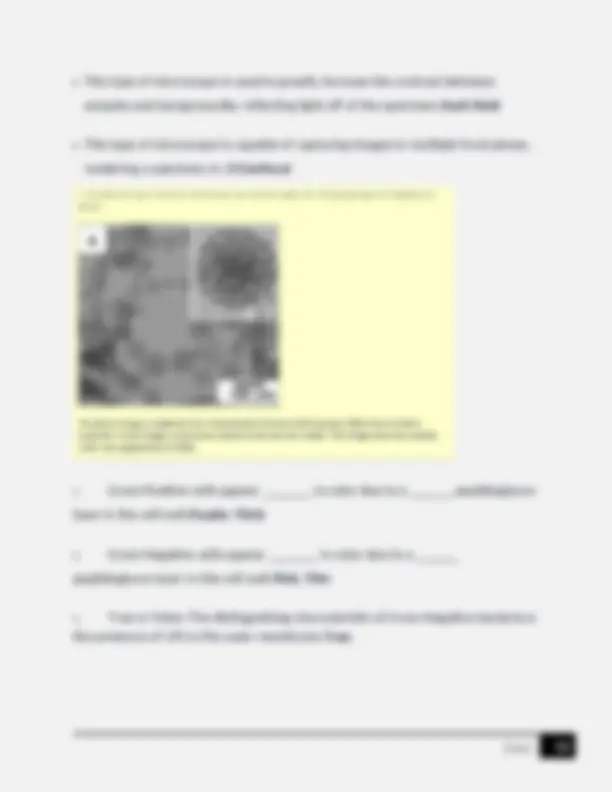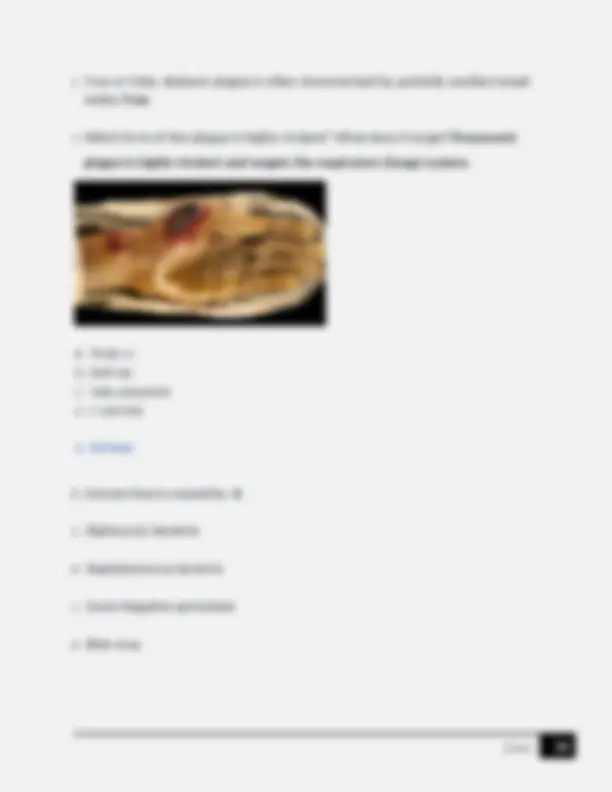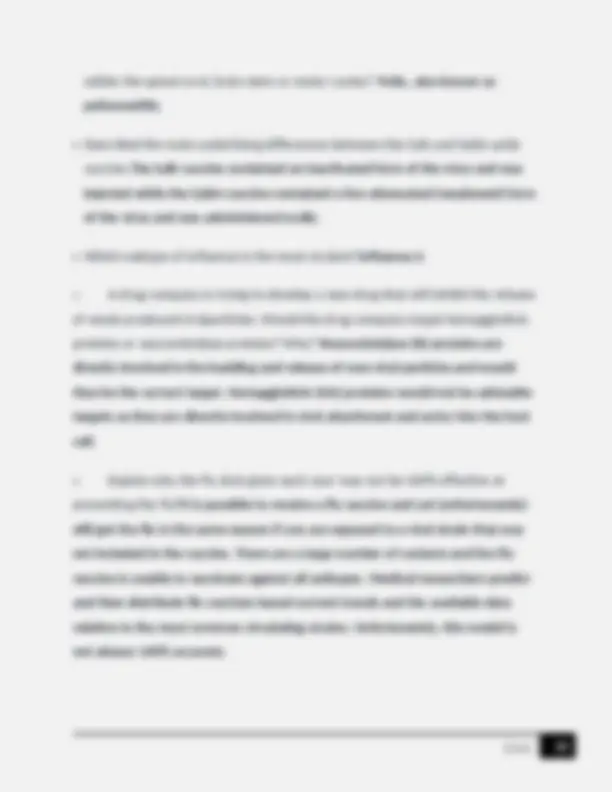
































Study with the several resources on Docsity

Earn points by helping other students or get them with a premium plan


Prepare for your exams
Study with the several resources on Docsity

Earn points to download
Earn points by helping other students or get them with a premium plan
Community
Ask the community for help and clear up your study doubts
Discover the best universities in your country according to Docsity users
Free resources
Download our free guides on studying techniques, anxiety management strategies, and thesis advice from Docsity tutors
BIOD 171 Microbiology Assessment Exam Questions with Correct Answers 1. A virus is classified as a microbe.True. Although viruses are not living and as such are not considered microorganisms, they can, however, be classified as microbes, a more general term that includes microorganisms and viruses. 2. True or False: The smallest biological unit of life is the molecule.False. The smallest biological unit of life is the cell. 3. What are
Typology: Exams
1 / 38

This page cannot be seen from the preview
Don't miss anything!































There are 2 bonds formed between A and U, and 3 bonds between G and C.
F- Isomerases **1E 1. A + B → A-B Ligases 2A 2. A-B → A + B Lyases 3C 3. A —
Contrast is the difference in light absorbance between two objects. Poor contrast gives a high background and makes the visualization of multiple objects difficult. For instance, trying to identify 2 dark colored objects at night (low light = low contrast) versus the same 2 objects in the middle of a sunny afternoon (bright light against 2 dark objects = high contrast).
Although blood agar is considered a differential media, it is, most importantly, a non-selective media. Given the alternatives, this is the best option.